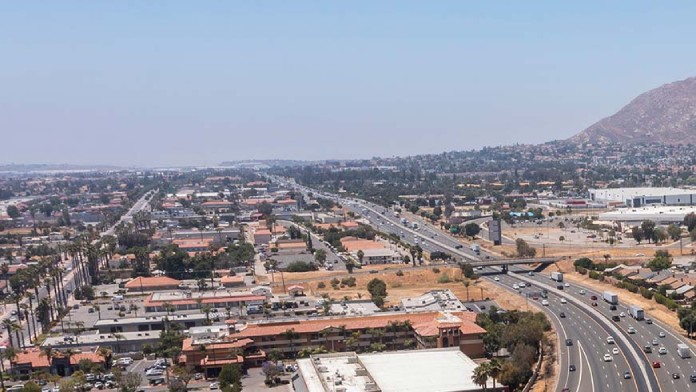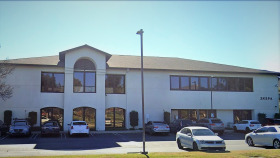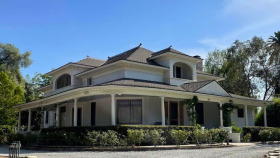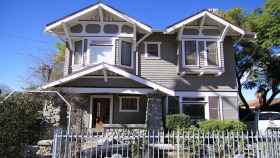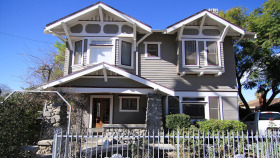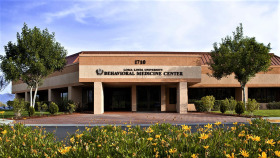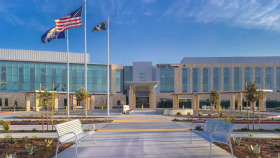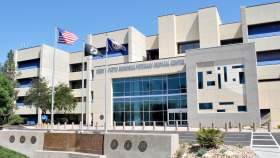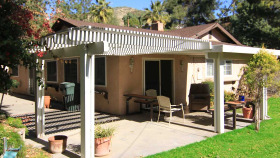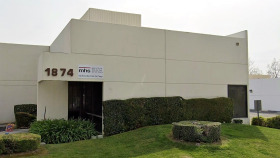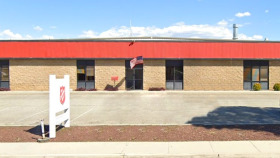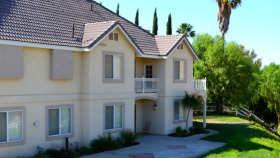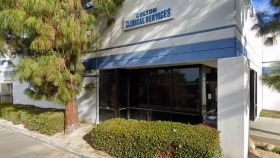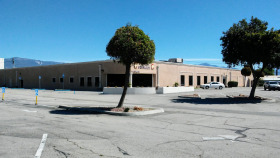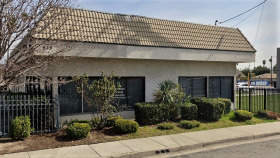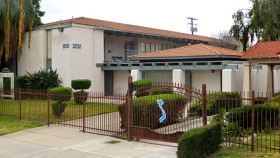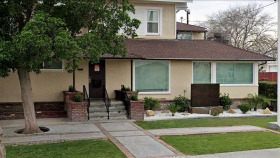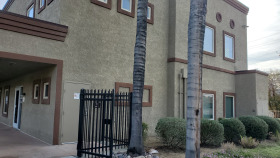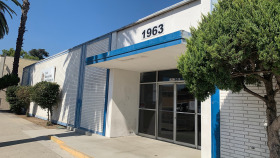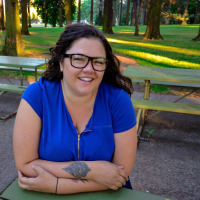Expert Insights
I recently read a story about school students in Moreno Valley being hospitalized after eating cannabis gummies. While Students ingested unknown amounts of THC, it was concerning enough that the school called emergency responders. Sadly, this isn’t an isolated incident. There have been several recent drug scares — and even overdoses — in Los Angeles schools. It’s concerning to parents that they trust the schools with their children’s safety, but kids in these schools have been unsupervised long enough to take unknown substances leading to emergency calls. It’s my hope that schools investigate how students managed to get the drugs into school and take them without any staff noticing. And while I understand kids experiment — as much as we don’t want them to — I hope that the schools are carrying harm reduction supplies, like Narcan, should a student ingest a deadly substance.
~ Olivia Pennelle
How Expensive is Drug Rehab in Moreno Valley?
When deciding where to go to rehab, the cost is going to be an important factor for where you choose to go. Costs depend on multiple aspects, such as the level of luxury you’re looking for, what amenities and services you want available, and which area you want to live in, such as if you’ll find a drug rehab in Moreno Valley. There are numerous ways to pay for rehab, such as health insurance, crowdfunding, taking out a medical loan, and looking for a state-funded rehab.
How Does Moreno Valley Compare in Alcohol and Drug Use?
Located near the Santa Ana River, Moreno Valley in Riverside County is a beautiful city with plenty of things to do, offering a variety of parks, museums, and recreation. As with most places in the country, Moreno Valley is sadly witnessing a rise in drug-related issues such as overdoses, but also has a wealth of resources to help.
If you find yourself asking “where can I find a good alcohol or drug rehab near me?” this guide is for you. Read on to learn about drug rehabs and alcohol rehabs in Moreno Valley.
Overdoses and other drug-related issues within California communities are tracked by the Center for Disease Control, and the California Department of Health, as well as other organizations. According to recent community health surveys and other reports regarding Riverside County, the seat of Moreno Valley:1,2

Over a third of opiate-related overdose deaths are people between the ages of 20 and 24.
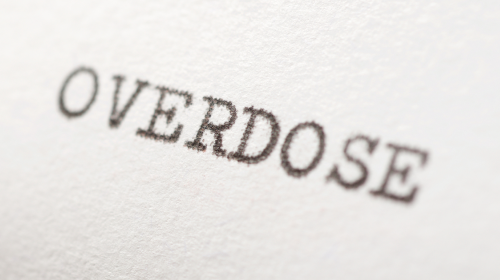
The rate of drug overdoses and poisonings rose 51% between 2018 and 2020.
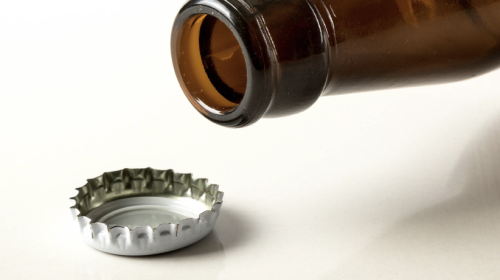
Deaths from consuming alcohol rose 36% in the same time frame.

About 365 people per 100,000 population enrolled in drug rehab.
If you’re struggling with addiction to alcohol, opiates, or other substances or behaviors (like sex or gambling) there is help for you at a drug rehab in California.
Drug and Alcohol Laws in Moreno Valley
California has a long list of policies and laws enacted to fight the damage done to the community by substance abuse. Here are a few laws that affect people seeking drug rehab in California.
Substance Use Treatment Law SB 855: This law, along with other federal laws such as those in the Affordable Care Act, require substance use disorder (SUD) to be treated at the same level of quality as any other medical issue.12 This law prevents discrimination by penalizing facilities that refuse to provide treatment due to a prejudice against a certain disorder, or the use of a certain type of insurance such as Medi-Cal.
Drug Treatment Diversion Program Proposition 36: California’s Proposition 36 was made in response to jails being crowded with people who committed low-level crimes related to drugs or alcohol.13 Being addicted to substances is no reason to be criminalized, so the CA penal system created a treatment diversion program to put people with addiction into rehab instead of jail.
Overdose Good Samaritan Law AB-472: Good Samaritan laws in many states, including California, protect people from prosecution for possessing minor amounts of drugs or paraphernalia if they seek out emergency services to help someone who is overdosing, including themselves.14 The laws also protect people who administer naloxone for an overdose from being sued by the victim.
Family and Medical Leave Act (FMLA): California’s Family and Medical Leave Act is modeled after the federal FMLA act, providing unpaid sick leave to workers that need to seek medical treatment, including attending drug rehab in Moreno Valley. Companies with over 50 employees must offer 12 weeks of leave, with the promise that the employee can resume their position or a similar role when they return.15
Resources
- California Department of Public Health. (2022). California Overdose Surveillance Dashboard.
- Center for Disease Control. (2022). CDC Wonder.
- Substance Abuse and Mental Health Administration. (2022). Treatment Locator.
- Centers for Medicare & Medicaid Services. (2022). Eligibility.
- National Library of Health. (2022). Substance Abuse: Clinical Issues in Intensive Outpatient Treatment. Chapter 3. Intensive Outpatient Treatment and the Continuum of Care.
- Substance Abuse and Mental Health Services Administration. (2022). Medication-Assisted Treatment.
- Substance Abuse and Mental Health Services Administration. (2022). Methadone.
- Substance Abuse and Mental Health Services Administration. (2022). Buprenorphine.
- Substance Abuse and Mental Health Services Administration. (2022). Naltrexone.
- National Alliance on Mental Illness. (2022). Antabuse.
- National Alliance on Mental Illness. (2022). Acamprosate.
- California Legislative Information. (September 9, 2020). SB-855 Health Coverage: Mental Health or Substance Use Disorders.
- California State Legislative Analyst’s Office. (2000). Proposition 36. Drug Treatment Diversion Program. Initiative Statute.
- California Legislation. (2011-2012). AB-472 Controlled substances: overdose: punishment.
- Employment Development Department. (2022.) Family and Medical Leave Act and California Family Rights Act FAQs.

